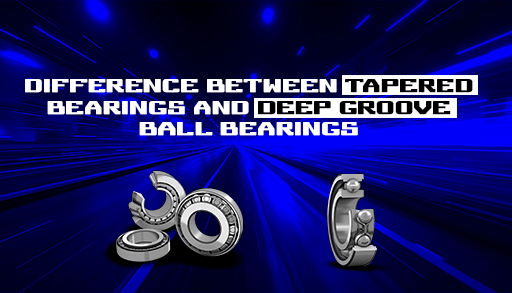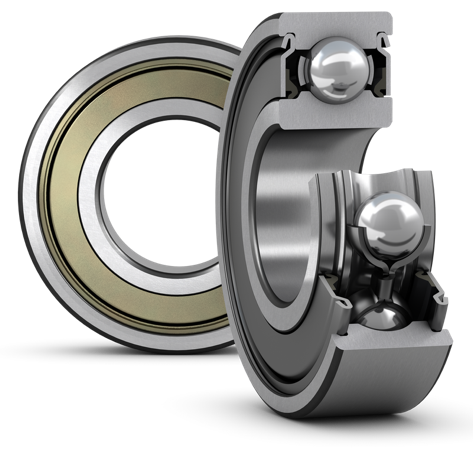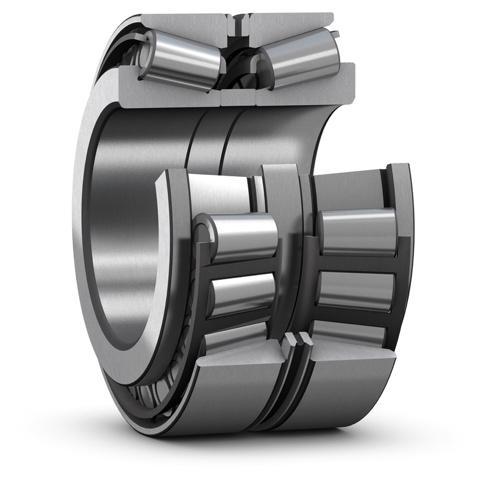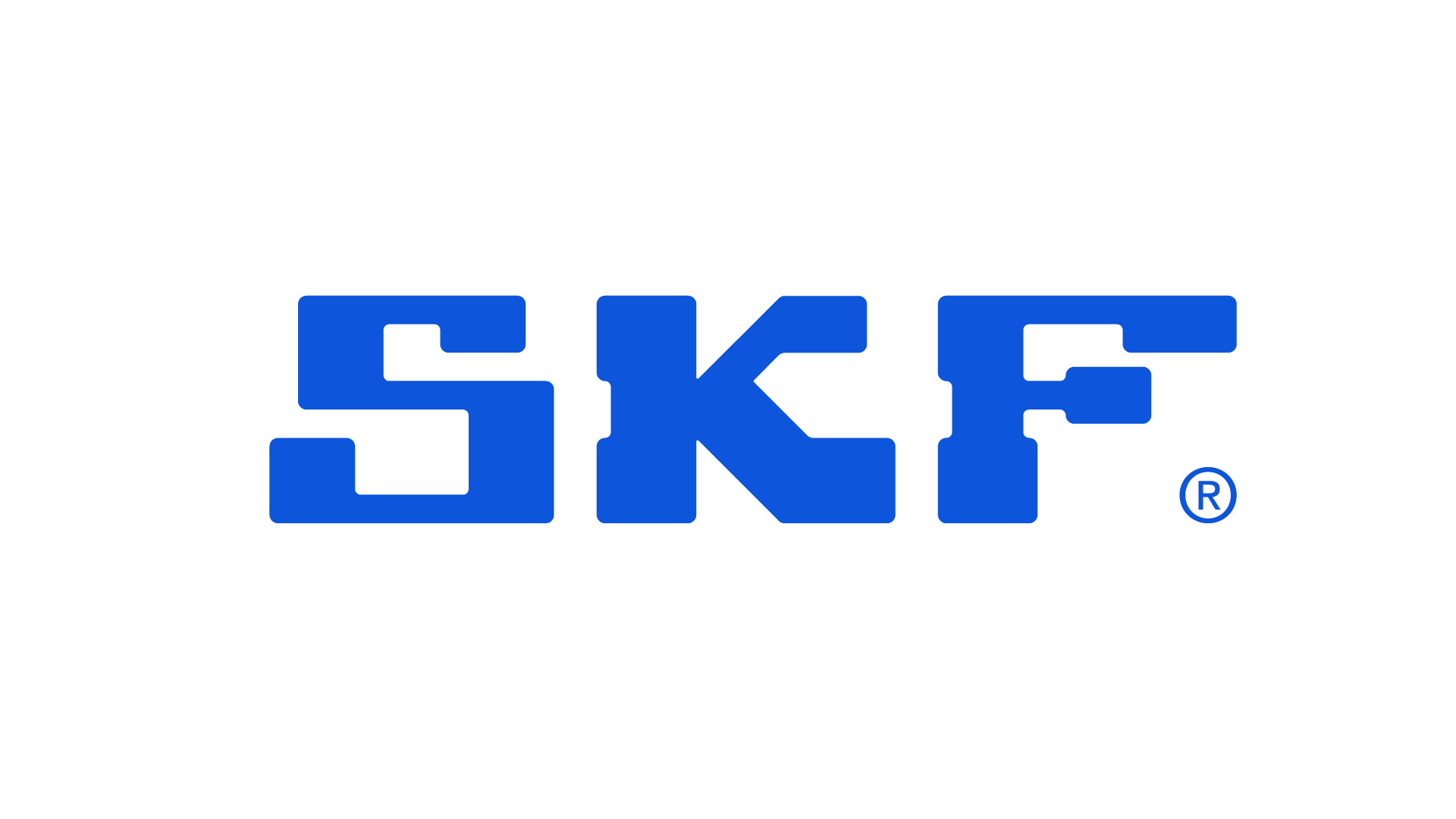Your cart
0 items
X

Bearings, being a crucial component and the backbone of any m1echanical system, are responsible for all smooth motions, lowering friction, and supporting loads. Different machine types require different types of bearings, which differ from each other in terms of life cycle, applications, load-bearing capability, and structure.
The two most common types among the numerous variants are tapered bearings and deep groove ball bearings. Reading this blog will help you decide on the right bearing for the required purpose and specific application.
Tapered roller bearings and deep groove ball bearings differ from each other on the basis of structural differences, load capacity, service life, and application areas.
|
Deep groove ball bearings (DGBB)
|
 |
|
Tapered bearings
|
 |
Deep groove ball bearings (DGBB) Deep groove ball bearings are primarily designed to withstand radial loads; however, their ability to support axial stresses is limited. They perform effectively in applications that require high rotating speeds but much less axial load. Tapered roller bearings (TRB) The conical design of tapered roller bearings makes them capable enough to withstand both axial and radial loads. Enhancing load distribution and boosting capacity enables them to function in situations with composite loads.
Tapered roller bearings last longer than deep groove ball bearings because of the following reasons: Load distribution: In order to prevent excessive stress, the tapered rolling elements naturally distribute loads equally over the bearing surfaces. Decreased friction: Less friction would increase durability and efficiency. Despite being appropriate for high-speed operations, deep groove ball bearings have a shorter lifespan when exposed to high loads or strains.
The majority of applications for deep groove ball bearings include motors, pumps, meters, instruments, and home appliances. Since they can sustain strong axial loads, these bearing types are not appropriate to deal with high-stress situations. Heavy-duty applications, especially those with composite loads and vibration conditions, are a good fit for tapered roller bearings. Their durability and resistance allow them to be utilized in metallurgical mills.
Key considerations include:
The deep groove ball bearing and the tapered roller bearing play important roles in various applications. Knowing the differences between them ensures informed decisions, enhancing machinery performance and extending its life. Furthermore, SKF provides a wide variety of bearings for several uses and applications, regardless of the kind of bearing you need to increase your operating efficiency. With SKF bearings, you may pick both power and precision when you are stuck!
Tags: balls Bearing , ball bearing types , ball bearing manufacturer , bearing pricing , Deep Groove Ball Bearing , Angular Contact Ball Bearings , SKF Ball Bearings , Roller Bearing , roller bearing types , Spherical roller bearings , Tapered Bearing , Cylindrical Roller Bearing , Types Bearings , Types of Bearings , SKF Bearings , Single Row Deep Groove Ball Bearing , Skf Deep Groove Ball Bearing , Deep Groove Ball Bearing are Used For , Deep Groove Ball Bearing Size Chart

Committed to buyer interests to provide smooth shopping experience.
Servicing pan India.
Partnered with India's most popular and secure payment solutions.